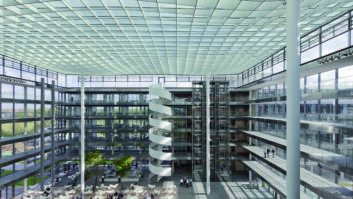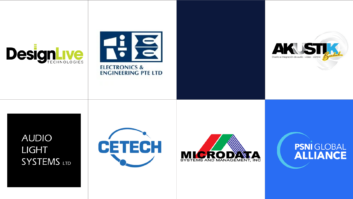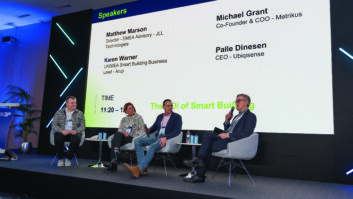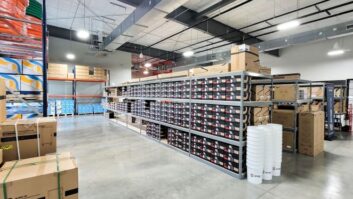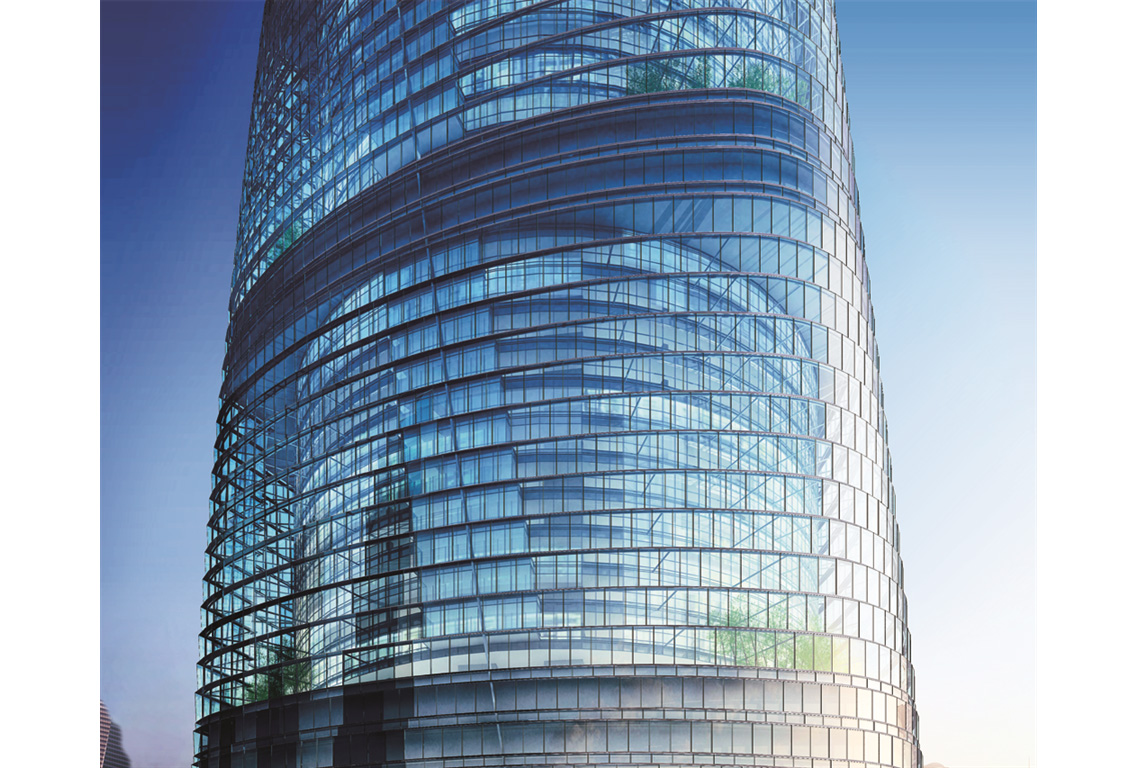
AV system integrators are ideally placed to offer services to help the construction industry create smart buildings. Steve Montgomery asks how they can enter this lucrative market.
Throughout history there have been numerous examples of new technologies that have rolled along almost unnoticed for a period of time before suddenly creating radical change to the established order. It is likely that we are approaching the tipping point for smart buildings.
Bob Snyder, content chairman of the Smart Building Conference, which returns to ISE for its third Amsterdam edition this month, believes this to be the case: “The primary instigators to the creation of smart buildings are the widespread need to connect separate services and utilities onto a common IP backbone, along with a demand for better internal services and work environments. Even though individual systems do not exhibit commonality of language, the fact that they are present and accessible on the same network means they can be linked in an integrated and all-encompassing solution.”
The question, then, is who is best placed to take advantage of this trend and expand their service offerings to realise greater return on investment?
It is not necessarily the large corporations and manufacturers that supply the largest elements of building management. Says Snyder: “You don’t need to build a product or system to be able to integrate it. The trick is in understanding how to take data from a variety of sources and use it to control individual systems.” This places the AV integration community in an ideal situation. “AV people are ideally placed to make the bridge between systems: HVAC, energy, access control, security lighting and so on and make them talk to interact with other through a single control interface and access point; techniques they have been practising for years.”
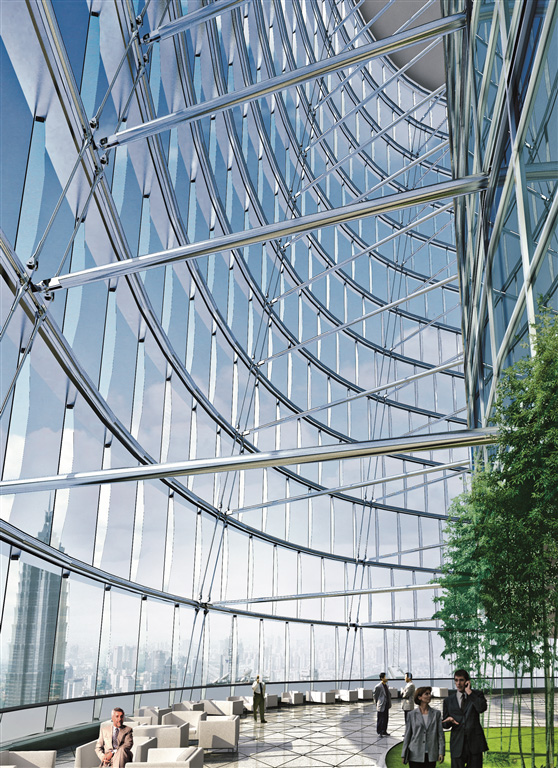
One of the major obstacles facing the AV integrator is being able to influence the tripartite combination of building owner, architect and systems engineers involved in the initial design and development of the building and its infrastructure. “Buildings contain a multitude of separate systems that are controlled from a limited number of access points. At best, there may be a combining control application that simply brings them together to a single point – it doesn’t combine and integrate them,” says Mark Tallent, international product manager, lighting and building controls for Crestron. “It is only when total integration is considered from the early stage of design that it can be achieved. Unfortunately the AV element is often perceived as a final ‘add-on’ to the internal fitting out of the building, which means it is harder for integrators in our industry to get involved.”
He sees education as part of Crestron’s role. “The AV industry has always dealt with a broad spectrum of knowledge and with the ability of our Series 3 controllers to interface at a native level with proprietary building networks such as BACNet and DALI over IP we have a provided a gateway to link a wide range of systems together and we are taking that message to the construction industry.”
It is essential that the integrator is brought into the project at an early stage in order to achieve total integration. “The BMS and large control systems are often selected and installed months, if not years ahead of the AV system,” says Jonathan Mangnall, VP of sales for AMX. “However there is a move towards creating highly efficient workplaces for an agile workforce used to fast connection and instant response in their home systems. Project teams nowadays comprise corporate real estate, facility managers, HR and IT teams and greatly influence the operational design of the building and the way it fits together. Our approach is to understand what those different people care about and develop solutions accordingly.”
Automated shading is becoming a prerequisite in buildings, “particularly in glass-fronted modern designs where sunlight streams in,” says Guy Simmonds, managing director of MechoShade Systems UK. “Automated control of the solar shading is regularly integrated with the BMS to ensure maximum benefits in the control of solar heat gain, the resulting saving through optimisation of HVAC, and the ability to harvest available sunlight and reduce artificial light accordingly. The overall effect is enhanced efficiency and performance, providing a more comfortable environment for users.”
www.amx.com
www.crestron.com
www.mechoslade.com
www.smartbuildingconference.com
